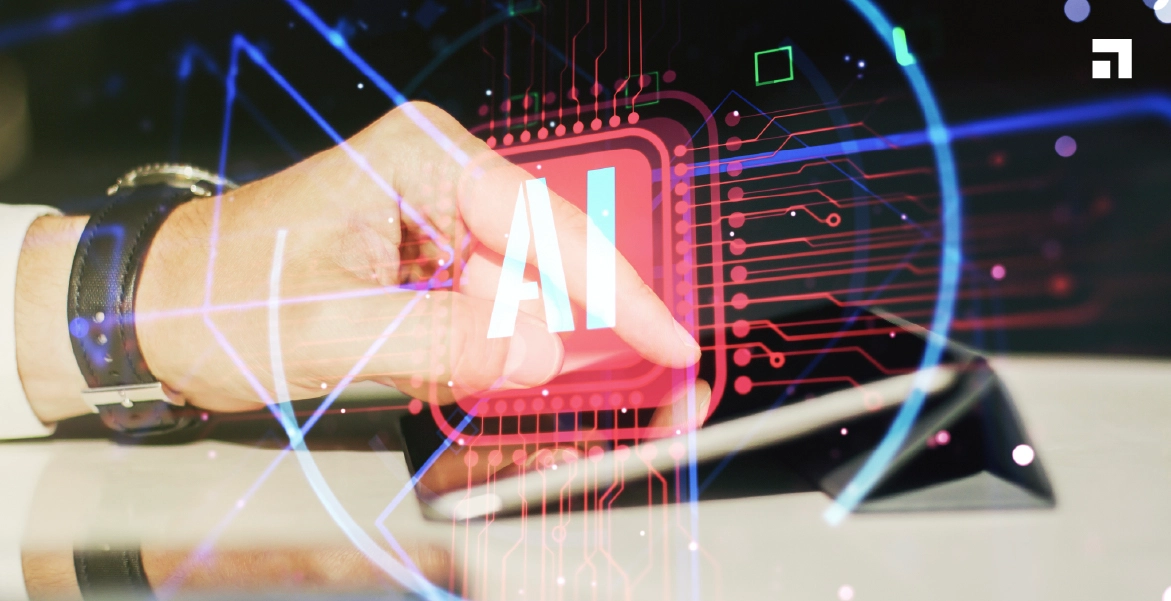
Introduction
Tools powered through Artificial Intelligence are taking over the world—whether in writing or information processing. Today, the increase popularity of AI powers poses a different challenge: can we distinguish whether a writing sample was create by a human or AI technology? An AI Detector is the answer to this dilemma. From my standpoint in content curation, the use of AI comes with myriad perks, especially in initial drafts and brainstorming pieces. However, there always remains a cloud of doubt around authenticity. Originality and credibility also come under question. In this article, let’s break down Best AI detector fundamental operations, and their significance across numerous sectors.
What is an AI Detector?
An AI detector serves the sole purpose of determining whether a piece of writing was crafted by a human or generated by a machine. The primary AI Goal is to bypass Turing Tests which can assess AI intelligence; the analogous goal for AI Detectors is identifying while using natural intelligence forms of logic and reasoning.
To explain this further, an AI Detector fulfills the role of a digital detective—one equipped with algorithms capable of analyzing syntax, vocabulary, phrases, word choice, and sentence structure relationships. Ultimately producing an informed report on whether an AI technology composed the text or not.
Why AI Detectors Matter
The rise of AI tools such as ChatGPT, Jasper, Bard, and others incapacitates our ability to differentiate between true content and that which has been machine-generated. It has become necessary to incorporate AI detectors in a number of areas:
-
Education
Nowadays, teachers and professors have access to AI detectors that ensure students submit their original work. The ability of AI systems to generate entire essays makes upholding academic integrity increasingly important.
-
Journalism
Newsrooms and publishers have embraced the use of AI detectors to trust the credibility of the produced content, ensuring readers that the news will always be trustworthy.
-
Business and Marketing
Companies seek genuine human voices in their marketing content. An AI detector becomes necessary to check if that content is indeed human-made or needs substantial adjustments for warmth.
-
SEO and Content Writing
SEO writers who have embraced Google’s need for top-notch branded content in human voice, and made it easier with AI detectors need not worry to be flagged for sounding robotic or routine-like.
How Does an AI Detector Work?
Most AI detectors rely on Machine Learning coupled with Natural Language Processing (NLP) to ascertain whether or not a piece of text was generated by AI. But when you hire an AI development company in India, here’s what they check:
Language Patterns: AI tends to utilize set patterns in sentence construction and phrasing.
Word variety: Humans are more likely to exhibit varied vocabulary than AI.
Tone And Creativity: A work of AI content is sometimes perceived to be devoid of emotion, imagination, or originality.
Sentence Complexity: AI tends to simplify and use overly formal language that overly simplifies a subject matter.
With these factors, a probability score is assigned—for instance, “80% AI” or, “likely human.”
Best AI Detection Tools
AI detector tools are readily available today. These are some of the industry’s best:
Originality.ai—best known for marketers and content agencies.
GPTZero—built to help teachers and schools detect AI-written work.
Copyleaks—used widely in academics and enterprises.
Writer AI Content Detector is free and easy for casual users.
I have used some of these tools, and although they provide a very clear form of indication of authorship, their accuracy is far from perfect.
AI Detector Limitations
Despite fundamental strengths, AI detectors do face limitations. Things to consider are:
Wrong assumptions: Text composed by a human might be mistakenly flagged as written by AI.
Incorrect inclusion: Text produced by an AI can be altered enough to be unrecognizable.
Advanced AI: As AI technology improves, there is a need for better AI detectors.
This is why employing AI detectors should be done as a reference rather than a definitive verdict.
Concluding Remarks
The AI revolution has an impact on content generation and consumption—however, a measure of scrutiny needs to ensure it is honest and authentic. That is the reason why the AI detector exists. Whether you are a teacher, a corporate leader, or an individual who appreciates genuine human communication, AI detectors enable you to make better decisions.
As we advance further into AI technology, resources like this will allow us to polish the equilibrium between productivity and human creativity.









